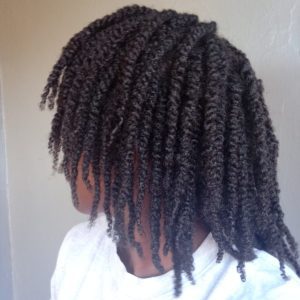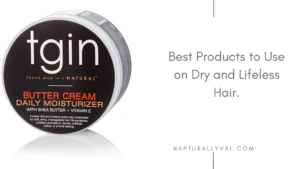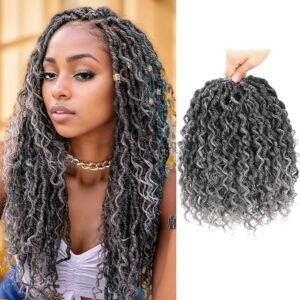Hey there, curl friends! If you’ve experienced hair breakage, you’re not alone. It happens to the best of us. I’ve encountered this obstacle more times than I’d like to admit, but here’s the good news: you can grow your natural hair back stronger and healthier than before.
In this post, we’re going to dive deep into the reasons behind hair breakage, how you can fix it, and the steps to ensure it grows back beautifully. Whether you have 4C curls, 3A waves, or anywhere in between, this guide will give you the tools and tips to grow your natural hair after breakage.
Feel like your hair has been the same length forever, I’ve an Ebook that will help you grow your hair healthier, longer and thicker. Grab your copy here… Also, check out all the Ebooks,guides and journals that will go a long way in your hair care journey here.

Table of Contents
Post-Breakage Hair Care: How to Stimulate Growth & Prevent Future Damage
Understanding Hair Breakage: Why Does it Happen?
First things first, let’s talk about the why. Why is your hair breaking in the first place? Understanding the root cause can help you avoid making the same mistakes and set you on the path to healthier hair.
1. Dryness and Lack of Moisture
Natural hair, especially 4C hair, tends to be drier because of its tight curl pattern. The natural oils from the scalp have a harder time reaching the ends of the hair, leaving them vulnerable to dryness and breakage. When hair isn’t adequately moisturized, it becomes brittle and prone to snapping.
2. Over-manipulation
Frequent styling, braiding, twisting, or even excessive combing can lead to breakage. The constant tugging and pulling on fragile strands, especially if they are dry or weak, can cause them to snap off.
3. Heat Damage
Using heat tools like flat irons, curling wands, or even blow dryers without proper protection can lead to heat damage. This weakens the hair shaft, making it prone to breaking.
4. Protein Imbalance
Too much or too little protein in your hair care routine can cause issues. Natural hair needs a balance of moisture and protein to stay strong. If your hair feels dry and brittle, it may need more moisture. If it feels limp and weak, you might need more protein.
5. Poor Hair Care Practices
Using harsh chemicals, skipping deep conditioning, or neglecting trims can all contribute to hair breakage. You may also find that certain hairstyles, like tight ponytails or buns, cause strain on your edges and lead to breakage.

Step-by-Step Guide to Grow Your Hair Back After Breakage
Now that we know the culprits, let’s discuss how to grow your natural hair back and stop breakage in its tracks. This process requires patience, dedication, and consistency, but I promise you, the results are worth it!
It may be hard to hear, but the first step in healing from breakage is to trim away the damaged ends. Holding on to split or broken strands will only lead to further damage. If the ends are weak, split, or knotted, they’ll continue to break up the hair shaft, preventing length retention.
Pro tip: Aim for regular trims every 4-6 months. You don’t need to cut off inches at a time – just a light dusting of damaged ends will do.
2. Moisturize, Moisturize, Moisturize
Moisture is key for natural hair. Without it, your hair will become brittle and more prone to breakage. Here’s how you can keep your hair hydrated:
- Leave-in conditioners: A good leave-in conditioner (preferably one with natural ingredients) is a must for sealing in moisture. Look for products that contain hydrating ingredients like aloe vera, glycerin, or shea butter.
- LOC/LCO Method: Try the LOC (liquid, oil, cream) or LCO (liquid, cream, oil) method. This layering technique helps lock in moisture for days.
- Water is your friend: Always hydrate your hair with water before applying any moisturising products. Water is the best moisturizer for your strands.
Pro tip: Be consistent with your moisturizing routine. Hydrate your hair multiple times a week, especially before styling or protective styles.
3. Incorporate Protein Treatments
If you’ve experienced breakage, chances are your hair is weak. Protein treatments are great for strengthening the hair shaft and reducing breakage. However, it’s important to strike a balance between protein and moisture.
- On-shelf protein treatments: Products containing hydrolyzed keratin, silk, or wheat protein can help repair damaged strands. You can incorporate a protein treatment once every 4-6 weeks.
- DIY protein treatments: If you’re into DIY, you can try making an egg and mayonnaise mask or use Greek yogurt to strengthen your hair.
Pro tip: If your hair starts to feel stiff or brittle after using a protein treatment, follow up with a moisturizing deep conditioner to restore moisture.
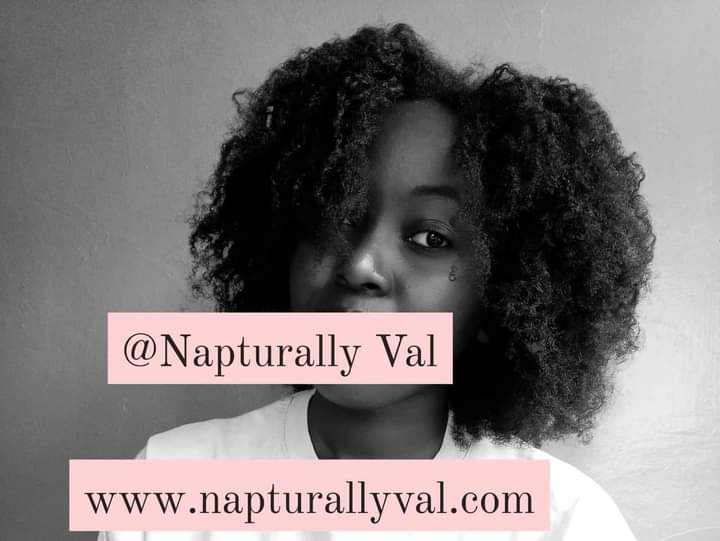
Heat is one of the biggest culprits of hair damage and breakage. If you want to grow your hair back after breakage, cutting down on heat tools is essential.
- Use heat sparingly: If you must use heat, make sure you’re using a heat protectant and keep the temperature on a low setting.
- Air-dry whenever possible: Let your hair air-dry instead of blow-drying. It may take longer, but it will keep your hair healthier in the long run.
5. Protective Styles and Low Manipulation.
Protective styles, like box braids, twists, or wigs, can help protect your hair from breakage and give it a chance to grow without being constantly manipulated. However, it’s important to install them correctly and not keep them in for too long (no more than 4-8 weeks).
Low manipulation styles like buns, twist-outs, or braid-outs are also great ways to reduce daily wear and tear on your strands.
Pro tip: When wearing protective styles, don’t forget to care for your natural hair underneath! Continue moisturizing your scalp and hair to prevent dryness.
6. Avoid Tight Hairstyles
Tight ponytails, braids, and buns can put too much tension on your hair, especially around the edges. If you notice thinning edges or breakage around your hairline, it could be due to tension from tight hairstyles.
Pro tip: Opt for looser styles and be gentle with your hair, especially around delicate areas like your edges.
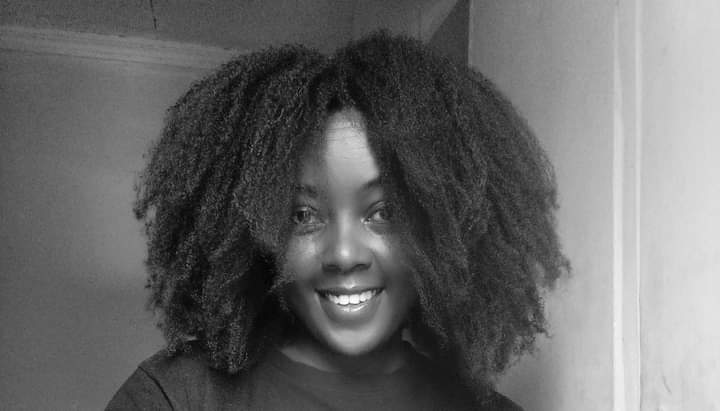
Deep conditioning is non-negotiable if you’re trying to repair hair after breakage. Deep conditioners penetrate the hair shaft, delivering moisture and nutrients that keep your strands soft and healthy.
- Hydrating deep conditioners: Look for products with ingredients like honey, coconut oil, or avocado, which are great for providing moisture.
- Repairing deep conditioners: If your hair is severely damaged, opt for a strengthening deep conditioner with ingredients like keratin or biotin.
Pro tip: Deep condition at least once a week for maximum benefits. If your hair is really damaged, you can also sit under a hooded dryer or use a heated cap to help the product penetrate more deeply.
Final Thoughts: Patience and Consistency Are Key
Growing your natural hair back after breakage requires time and patience, but with the right care, you’ll see progress. The key is being consistent with moisturizing, using protective styles, and avoiding practices that caused the breakage in the first place.
Remember, breakage is just a bump in the road. With the right strategies, you can bounce back and grow your hair longer, stronger, and healthier than before. If I can do it, so can you! Just take it one step at a time, and before you know it, your curls will be flourishing again.
Good luck on your hair journey, and remember—healthy hair is happy hair!

